BT means that Birdtripper has visited the site
Texas
Aransas National Wildlife Refuge
BT
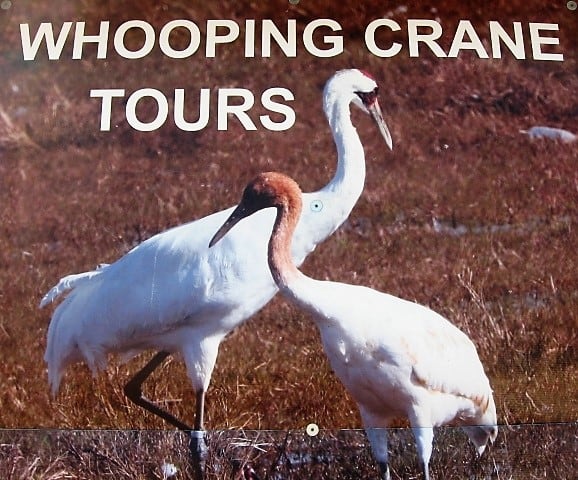
Many birds are usually observed here, but the magnificent Whooping Crane is the highlight. An estimated 10,000 Whooping Cranes existed in North America at the time of the arrival of Europeans. By 1870, they had been reduced to less than 1,400, and by 1937, only 28 remained. The refuge was established in 1937 to preserve the winter habitat for this species. As a result of conservation efforts, the population now consists of 677 in the wild as of 2020 and another 177 in captivity. They are still listed as an endangered species.
Aransas is the best place to see these beautiful birds. You can see them from land, but usually at quite a distance. The best way to get a good look at them is to take a boat tour along the refuge’s coast.
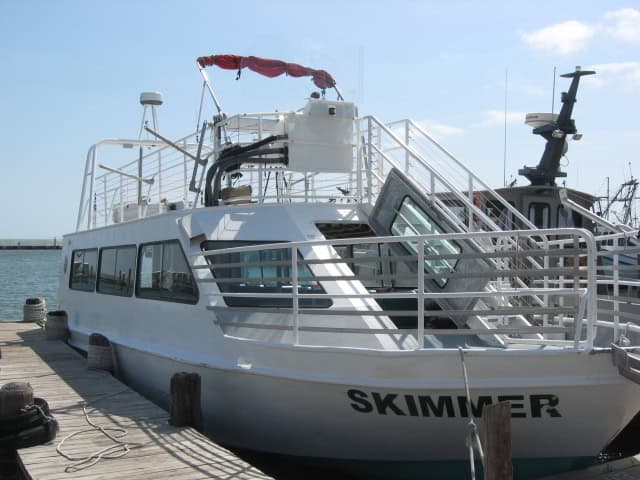
The only other place I know to get a decent look at Whooping Cranes is near Saskatoon, Saskatchewan, Canada, where they stop during fall migration in October. They nest in Wood Buffalo National Park in northern Canada but are very difficult to see there as they nest in very remote areas. Of course, if you are fortunate, you might see them anywhere along their migration route.
In addition to Whooping Cranes, other birds you might see in Aransas include Piping Plovers, Gull-billed Terns, Common Pauraque, Blue Grosbeaks, Magnificent Frigatebirds, several species of warblers, and many others.
Camping is available in Port Lavaca and Port Aransas. Hotels are available in Rockport, Fulton and Port Lavaca. Reservations may be needed for boat tours. For tours leaving from Rockport, call 1-800-782-2473. From Port Aransas, call 1-800-605-5448. From Port Lavaca, call 1-800-556-7678. The Whooping Cranes arrive in Aransas in late October and head north by late March.
link: Aransas NWR
(M) Write a review
You must be logged in to submit a review. Go to Members page to Log-in or Register
Bentson Rio Grande Valley State Park
BT
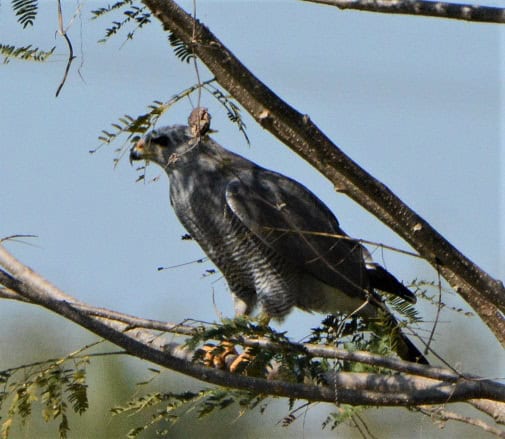
This is a birders paradise! If you look at a map of the USA/Mexico border, you will see that Texas extends much further south than California, Arizona or New Mexico. Because of this, southern Texas gets many birds common in Mexico but cannot be seen anywhere else in the USA. A few of the birds I saw there are Green Jay, Plain Chachalaca, Gray Hawk (photo), Blue Bunting, Black-vented Oriole, Great Kiskadee, Black-bellied Whistling-Duck, Greater Roadrunner, Common Pauraque and many others. Too many to list them all. More than 358 species have been recorded here. Furthermore, five species of owl nest in the park, including the tiny Elf Owl, the smallest owl in the world. Look carefully for them peeking out of tree cavities.
Camping and other accommodations are available in Mission and McAllen.
link: Bentson Rio Grande Valley
Bentson Rio Grande and all along the southern Texas border to Brownsville offer excellent birding.
(M) Write a review
You must be logged in to submit a review. Go to Members page to Log-in or Register
Alaska
Denali National Park
BT
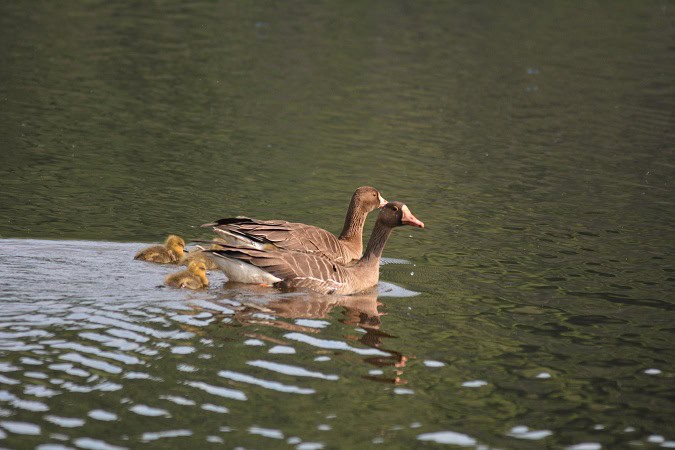
Denali is a vast park. There are few roads, and private cars are not allowed. So you would think that this would make birding difficult. But there are so many birding opportunities that you can’t go wrong with a birding trip to Denali. Besides the natural splendour of the scenery, the park is a birding paradise. Just take the park bus to the park’s interior, get off and walk for a while. Try different habitats. You will be surprised at the number of species.
American Golden-Plovers can be seen further south, but they change into their spectacular breeding colours as they migrate north. They are one of my favourite birds. The same bird seen in the south in August will be grey.
Check out the treed area around the park headquarters and visitor’s centre. The first 13 miles of road are open to private automobiles. Boreal Chickadees and Hawk Owls can be found here. Check the Savage River near the end of the public road for Harlequin Ducks, Mew Gulls and Willow Ptarmigan. Then, take the bus to visit the tundra and mountainous areas. White-fronted Geese can be seen further south and during migration, but I was thrilled to see them in their nesting area with chicks. Also, look for Wandering Tattler and Arctic Warbler after mid-June. After the Polychrome Rest Area, look for Northern Wheatears, Gyrfalcons, Long-tailed Jaegers, Rock Ptarmigan and the American Golden Plovers. Past the Eielson Visitor’s Centre, look for Red-throated Loons and Greater White-fronted Geese with chicks on little roadside ponds. At Wonder Lake, you might see Long-tailed Ducks and Arctic Terns, which migrate yearly from the Antarctic.
Grizzly Bears
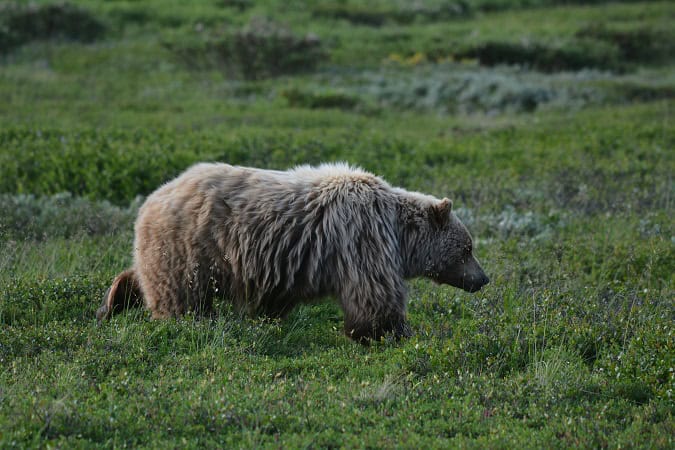
Besides birds, you have an excellent chance of seeing a Grizzly Bear from the park bus. Many Grizzlies in the park are not the usual dark brown colour but can be anything from cinnamon to blond.
You cannot drive around in the park (except for the first 13 miles), but you may drive to a campground and back with a minimum two-day stay. Call 1-800- 622-7275 for reservations. Other campgrounds are nearby outside the park. There are two lodges on site. Call 1-800-683-2290
Links: Denali NP
General tourist info for Denali
(M) Write a review
You must be logged in to submit a review. Go to Members page to Log-in or Register
Nome
The birding around Nome is fantastic, and you can take trips from there to the islands in the Bering Sea. Birds that you might see include Bluethroat, Yellow Wagtail, Wheatear, Arctic Warbler, Aleutian Tern, Arctic Tern, Common and Steller’s Eider, Common Ringed Plover, Dovekie, Long-tailed Jaeger, and it is the best place in the world to see Bristle-thighed Curlew.
You can do most of the birding on your own. You can fly to Nome from Anchorage for about $500 return. While there, you can rent an SUV for $100 to $175 per day.
There is also a campground (Salmon Lake), but the best months for birding are April and May, which are pretty cold for camping in Alaska. The campground opens when the road is snow-free. Bluethroat and red-throated loon are common here.
From the Bluestone Bridge, you might see Bluethroat as well as Gyrfalcon. Watch for Arctic Tern, Long-tailed Jaeger, Cackling Goose, and Bar-tailed Godwit along the Coastal Lowlands.
Other places to check include the East End Park Pond. Cemetery Hill might get you an Eastern Yellow Wagtail. Swan Lake for Pacific Golden Plover. The Nome River Bridge and Estuary is where to look for Arctic Loons, Red Knot, Black-tailed Godwits, Red-necked Stint, Ivory Gulls and White Wagtails.
On the road to Woolley Lagoon, you might find Black-bellied Plover, Pacific Golden Plover, Western Sandpiper, Pomarine and Long-tailed Jaegers.
In addition to birds, watch for Caribou at Golden Gate Pass and Skookum Pass Pullout. Nome is probably the best place to view Musk Ox in the wild. Ask at the visitor’s centre for recent sightings.
overview http://www.alaska.org/destination/nome
(M) Write a review
You must be logged in to submit a review. Go to Members page to Log-in or Register
Unalaska
Unalsaks is also known as Dutch Harbour.
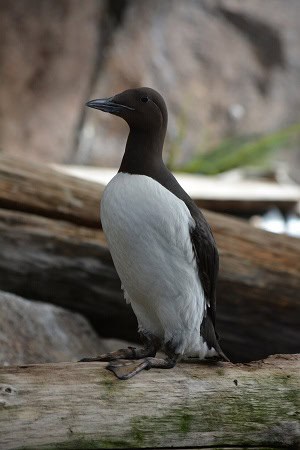
Unalaska is an island in the Aleutian chain of islands in Alaska. Birding in Unalaska is fantastic. Some species you might encounter are Emperor Goose and Steller’s Eider (common except Summer). During Summer, you might find Black Scoter, Long-tailed Duck, Common Murre, Thick-billed Murre, Pigeon Guillemot, Whiskered Auklet, Crested Auklet, Horned Puffin, Tufted Puffin, Northern Fulmar, Short-tailed Shearwater, Gray-crowned Rosy-Finch, Rock Sandpiper, Mew Gull, Glaucous-winged Gull, Black-legged Kittiwake, Red-legged Kittiwake and many others.
The best places to look are Captain’s Bay, Mt Ballyhoo, Pyramid Valley, beaches, open water with a boat, and Summer’s Bay.
Getting there: You can take a three-hour flight from Anchorage for about $800 to $1,000 one way (many flights are cancelled due to bad weather, so be prepared to spend a few days in Anchorage if the weather is poor. A better option is to take the Alaska Ferry. The four-day trip from Homer is $519 one way plus $570 if you wish to rent a cabin, or you can sleep on deck. This does not include the price of bringing a vehicle or bicycle. The ferry goes to Unalaska every two weeks from April until October, so you must fly back unless you are prepared for a long stay. (2024 prices are subject to change). Hiking permits for Unalaska are $6 per day.
Tours: Contact High Lonesome Bird Tours
(M) Write a review
You must be logged in to submit a review. Go to Members page to Log-in or Register
Pribilof & St. Lawrence Islands
To visit the Pribilof Islands and St. Lawrence Island, you must book with a birding tour company. One such company is High Lonesome Bird Tours.
Just a few of the birds to be seen there include the Black Scoter, four species of Auklets, a Thick-billed Murre, Sabine Gull, Rock Sandpiper, White-tailed Eagle, Red-faced Cormorant, King Eider, Mottled Petrel, Short-tailed Shearwater, Fork-tailed Shearwater, three species of Jaeger, and many others.
The most common way to get to the Pribilofs is by air from Anchorage.
Tours: Contact High Lonesome Bird Tours
(M) Write a review
You must be logged in to submit a review. Go to Members page to Log-in or Register
Florida
Everglades National Park
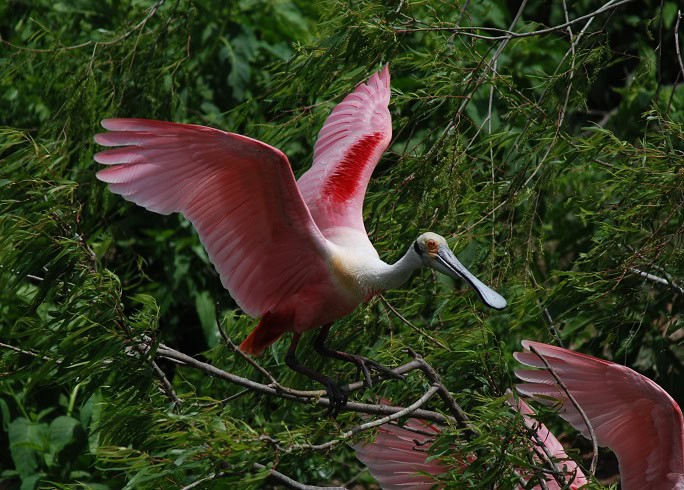
This spectacular National Park contains the largest mangrove swamp in the Western Hemisphere. Its 572,000 acres of sawgrass, cypress trees, ponds, and rivers make it a true birding paradise.
The park contains five different wrens, 31 species of warblers, Savanah Sparrow, Painted Bunting, Yellow-billed Cuckoos, White Ibis, Roseate Spoonbill, Wood Stork, Mottled Duck, Swallow-tailed Kite, White-rumped Sandpiper and many, many more for an amazing total of more than 400 species. Of all the places on this website to choose from, you can’t go wrong with making the Everglades your next birding destination.
The best time to go is between December and April. There are paved roads, walking trails, canoe routes, and even a mile-long elevated boardwalk.
Camping is available. Guides are available for hire in Everglades City. Hotels are available in Everglades City, Homestead and Florida City. Some on-site accommodations are also available. Call the Visitor Centre at 941-695-3101. Miami is 50 miles away.
Link: Everglades NP
(M) Write a review
You must be logged in to submit a review. Go to Members page to Log-in or Register
Okefenokee National Wildlife Refuge
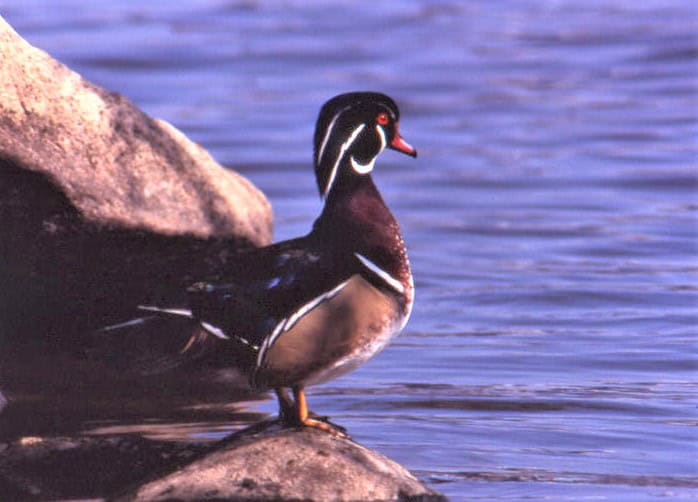
Okefenokee NWR is the most intact swampland in North America. Birds abound. You might see Wood Duck, King Rail, Sandhill Crane, Yellow-billed Cuckoo, Red-cockaded Woodpecker, Pileated Woodpecker, Northern Parula, Prothonotary Warbler and many others.
The nearest large city is Jacksonville, 50 miles away in Florida. Accommodations include Kingfisher Wilderness Campground, 13 miles north of Folkston (912) 496-2186, Western Hotel (912) 496-4711, The Inn (912) 496-6256 in Folkston.
To arrange a birding tour call (912) 496-7156
Link: Okefenokee NWR
(M) Write a review
You must be logged in to submit a review. Go to Members page to Log-in or Register
Arizona
Ramsey Canyon Preserve
BT
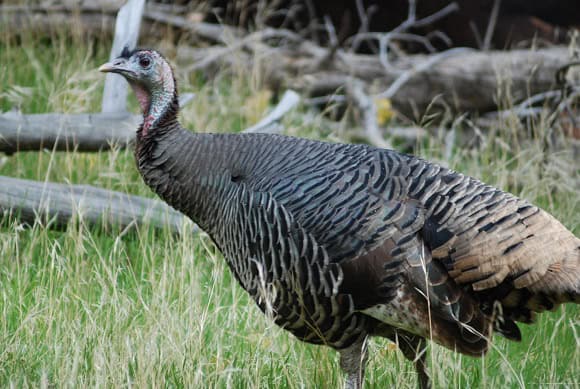
Being very close to the Mexican Border, Ramsey Canyon is one of the best places to see Mexican birds north of the Mexican border. Species you might see here include White-throated Swift, Magnificent Hummingbird, Broad-tailed Hummingbird, Elegant Trogon, Strickland’s Woodpecker, Mexican Jay, Bridled Titmouse, Black-throated Gray Warbler, Grace’s Warbler, Painted Redstart and Yellow-eyed Junco, Plumbeous Vireo, Black-headed Grosbeak, Scott’s Oriole, Acorn Woodpecker, Zone-tailed Hawk, Sulphur-bellied Flycatcher, Red-faced Warbler, Cordilleran Flycatcher, Blue-throated Hummingbird, Violet-crowned Hummingbird, White-eared Hummingbird and many others. Wild Turkeys are common.
The best time to go is April to September, with July to September best for hummingbirds. Although this is summer in Arizona, the temperatures are 15 degrees cooler than in Tucson. Afternoon rainstorms occur in July and August.
Ramsey Canyon is located near the Mexican border, south of Sierra Vista. Contact number (520) 378-2785. There are only 21 parking spaces, and they cannot accommodate vehicles longer than 18 feet. No camping is available. The Ramsey Canyon Inn Bed & Breakfast can be reached at (520) 378-3010.
link: Ramsey Canyon
(M) Write a review
You must be logged in to submit a review. Go to Members page to Log-in or Register
California
Sonny Bono Salton Sea National Wildlife Refuge
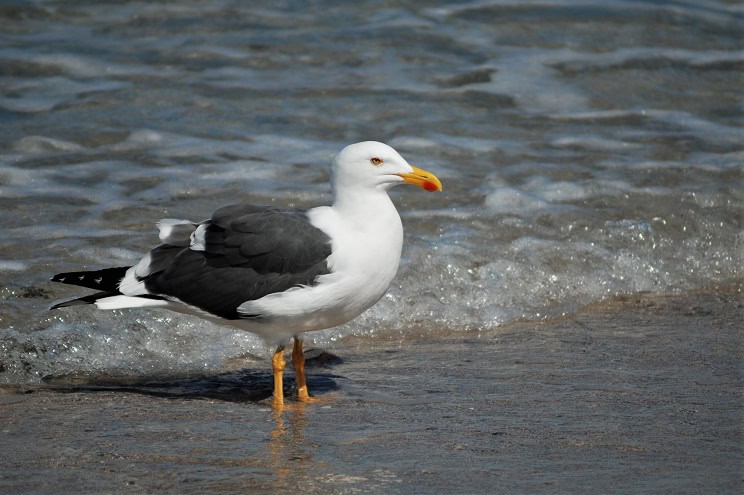
The Salton Sea is not the greatest birding hotspot. However, it is the only place to see the Yellow-footed Gull in the USA. It is a gull paradise with 15 species of gull possible. The Yellow-footed Gulls are here between July and September. The most likely spot is the Hazard Tract, off of Garst Road. Although not the most popular of all the hotspots listed on this website, an incredible 380 species have been recorded here. A few other notable birds that you might see are Wood Stork, Ross’ Goose, Ridgway’s Rail, Sora and Cactus Wren. Look for Ridgeway’s Rail at the southern end of the sea along the Hardenberger Trail in June and July.
If you don’t care about the Yellow-footed Gull, winter offers better birding and better weather. The Salton Sea International Bird Festival takes place in February, and more than 100 species can be seen.
A better place to see the Yellow-footed Gull, where it is common, is further south along the shores of the Sea of Cortez. But if you don’t want to go to Mexico, this is the only place to see this bird.
Be prepared for extreme heat. Bring plenty of water. Contact (760)348-5278. There are no accommodations at the Salton Sea, but plenty of campgrounds and hotels are in the surrounding area.
(M) Write a review
You must be logged in to submit a review. Go to Members page to Log-in or Register
These are just some of the best Birding Hotspots in the USA. More will be added later.
Have you visited a birding hotspot in the USA that is not listed here? If so, would you like to write a short article about it? Credits given. Send using the contact button at the top.